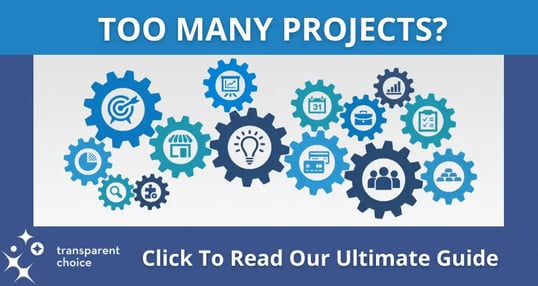TransparentChoice Blog
Insights, ideas, and inspiration for portfolio decision-makers.
Latest Articles

Stakeholder Alignment: The not-so-secret key to PMO success

Strategy Execution and Sesame Street

Crossing the Information Divide: How PMOs Can Communicate Strategic Value to Execs

The best PMO in the world - an interview

The Evolving Role of PMOs: Transforming into IMPACT Engines

Agile Governance: Streamlining Projects for Maximum Value
Project Prioritization

Project Prioritization Matrix: Avoid These 4 Common Mistakes

Too Many Projects - The Ultimate Guide

What has the PMO ever done for us?

What is Picking Projects Worth to a PMO?
Strategic Planning

Agile Budgeting: Overcoming Budget Process Frustrations

Strategic Goals – the Key to Strategic Execution

Strategy-Execution Gap: Is your CEO driving a Clown-car?
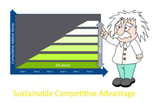
Einstein and the Strategic Advantage
Strategic Portfolio Management

Another project failure? Time to align projects to strategy

Project managers are a waste of space. So are PMOs
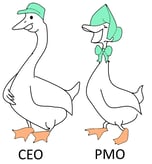
McKinsey Research: 40% More Value from a Portfolio?

Analytic Hierarchy Process

Collaborative Decision Making - The Ultimate Guide
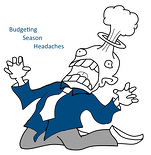
Why is the budgeting process so difficult?

Why AHP works for Prioritization
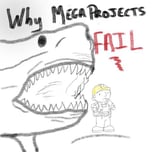
The Meg – Why Megaprojects Fail
Opinions

What has the PMO ever done for us?

Project managers are a waste of space. So are PMOs

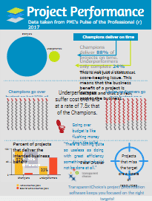
Unlocking Your PMO’s Potential: From Underperformer to Champion

PMOs and the Saddest Excel Joke…

